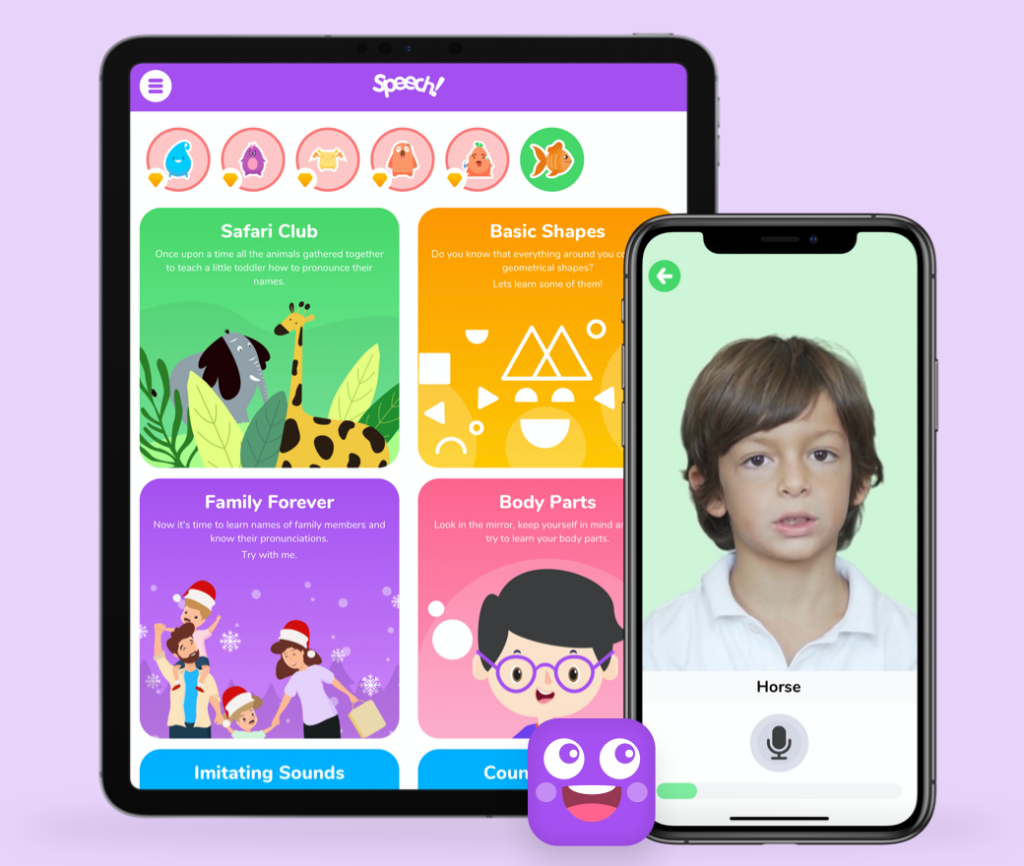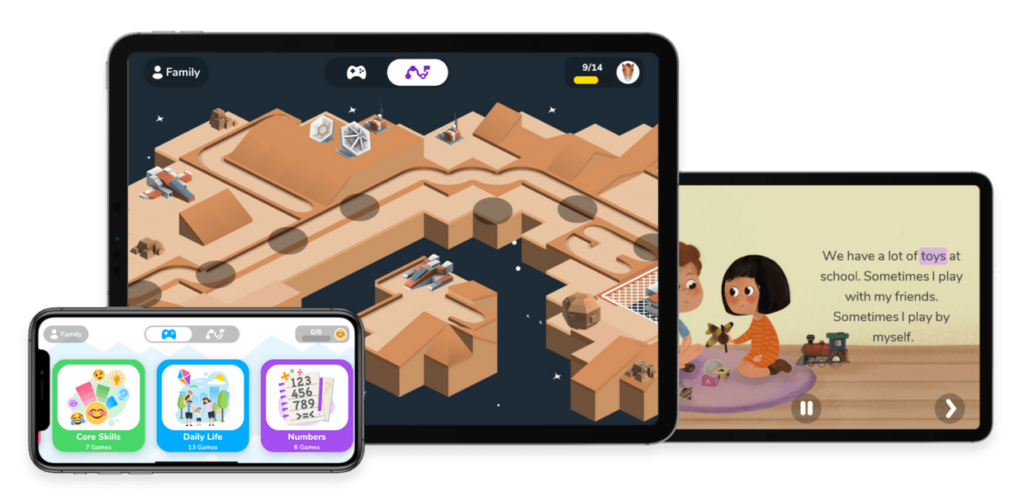Otsimo – A Learning App for Children with Autism

As part of my research on inclusive educational tools, I spent time exploring Otsimo, a learning app designed specifically for children with autism and other special educational needs. Since I’m focusing on how digital and physical tools can support individualized learning, I wanted to see how this app approaches engagement, accessibility, and adaptability for neurodivergent learners.
Otsimo is structured as a gamified learning platform, offering interactive activities in fields like language, math, emotions, and daily life skills. The interface is colorful, simple, and distraction-free, which is crucial for children who may struggle with sensory overload. Right from the start, I noticed how the app focuses on clear instructions, minimal animations, and a predictable layout, making it easier for children with ASD to use.
What stood out to me was how customizable the experience is. Parents and teachers can adjust difficulty levels, track progress, and modify settings to match a child’s learning pace. This aligns with what I’ve learned in my research, that flexibility is key when designing educational tools for children with autism. Each child learns differently, and having the ability to adapt the tool to their strengths and challenges is a big advantage.
One of the aspects I loved about Otsimo is how it integrates multi-sensory learning. The app uses:
- Visual prompts to help children recognize objects, letters, and emotions.
- Audio feedback to reinforce correct answers and provide gentle guidance.
- Touch-based interactions that allow children to drag, match, and draw as part of the learning process.
Another feature I found really valuable is the AAC (Augmentative and Alternative Communication) tool included in Otsimo. Many children with autism experience challenges with verbal communication, and this feature allows them to express needs and emotions through symbols and text-to-speech options. It made me think about how digital tools can bridge the communication gap, especially for non-verbal children or those who struggle with social interactions.
In my expert interviews, one of the main issues educators mentioned was the lack of individualized support in classrooms. This kind of AAC tool could be extremely helpful for children in inclusive settings, allowing them to communicate more easily with teachers and peers.
Exploring Otsimo reinforced some key ideas for my thesis:
- Personalization Matters – Every child with autism has different learning needs, and tools should be adaptable.
- Gamification Works – Learning feels more natural when it’s engaging and interactive.
- Multi-Sensory Design is Key – Combining visuals, sounds, and touch-based interactions makes education more accessible.
- Technology Can Support Social Skills – Digital tools like AAC devices help children communicate and navigate social situations.

While Otsimo is a great tool, I also started thinking about how physical tools could complement digital learning. For example, could an app like this be paired with tactile learning materials or scent-based elements to make it even more immersive? This is one of the questions I want to explore further in my work.
Trying out Otsimo was a really valuable experience. It showed me how well-designed digital tools can support individualized learning, and it gave me ideas on how I can integrate similar principles into my own research. I still believe that physical interaction is just as important as digital engagement, but Otsimo is a great example of how technology can help make education more inclusive, structured, and engaging for children with ASD.
I’m excited to continue exploring both digital and physical learning tools and finding ways to combine the best aspects of both. This experience definitely gave me new inspiration for my thesis and future design projects!
References:




